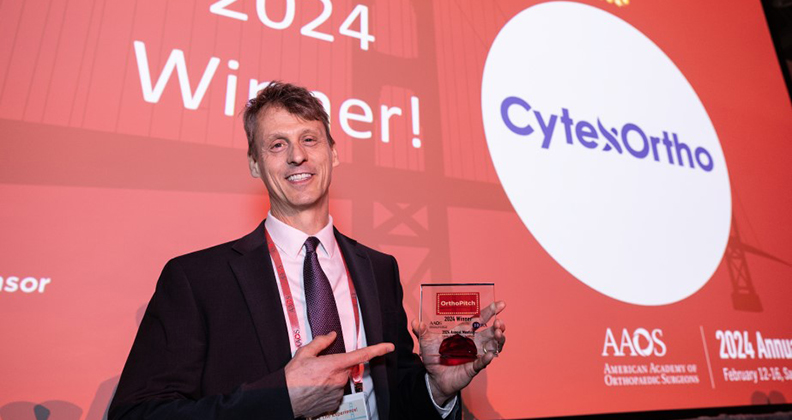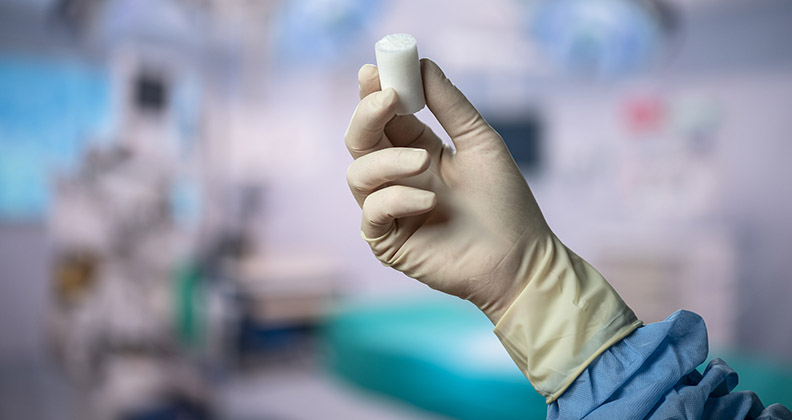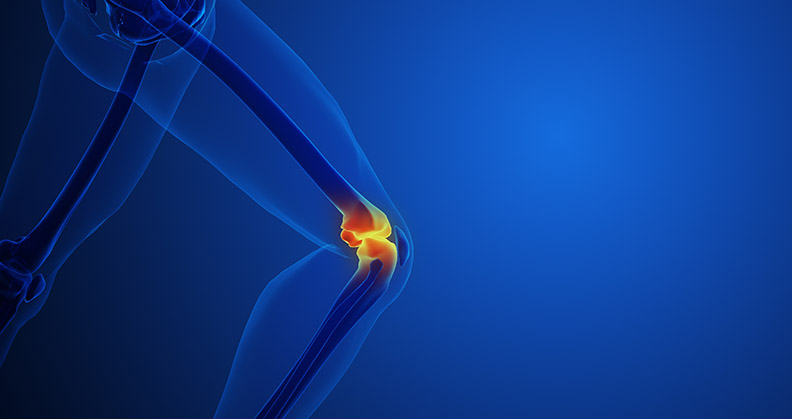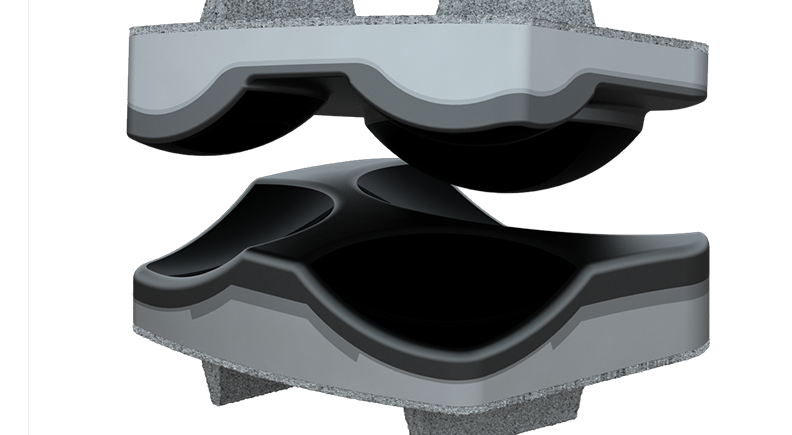
Editor’s note: The article has been updated to note the competition’s winner.
VISIE took home the top prize at OrthoPitch, a lively event patterned after Shark Tank that provides an opportunity for orthopedic companies to demonstrate new products and solutions to a group of industry experts at the AAOS Annual Meeting.
Companies pitch their breakthrough technologies to a panel of expert judges, who challenge them with tough questions before the judges and audience members vote to decide the winner.
The event launched last year, with CytexOrtho taking home the top price.
“OrthoPitch is where cutting-edge innovation meets entertainment,” said Jason Dragoo, M.D., a sports medicine specialist in Denver and Chair of the AAOS Committee on Devices, Biologics and Technology. “It’s born from our mission to keep Academy members at the forefront of emerging trends in orthopedic technology. Surgeons attend these meetings to stay ahead of the curve, and OrthoPitch delivers exactly that.”
Every technology submission is carefully vetted by the Devices, Biologics and Technology committee to ensure that nominations have real potential to impact orthopedic practice and are compelling and exciting.
“We prioritize groundbreaking solutions over incremental improvements — this event is about showcasing what’s next,” Dr. Dragoo said. “I’m excited about this year’s OrthoPitch. It isn’t just about showcasing new technology for a company’s benefit. It’s about sparking discussions in the audience about how these kinds of innovative solutions could be applied in different areas of orthopedic practice.
He shared his thoughts on a few of this year’s nominations that made the cut to battle it out for innovation supremacy.
SentryX
BR-003 is a novel implantable anesthetic designed to address severe pain after spine fixation surgery. It consists of a ring-shaped biodegradable hydrogel that is easy to co-implant with regular pedicle screws. Unlike injections, BR-003 stays in place and delivers bupivacaine to the surgical site for more than three days.
Dr. Dragoo. One of the fundamental challenges in orthopedic surgery is managing postoperative pain, particularly when placing implants like metal screws or biodegradable devices into bone and tissue. This is where SentryX introduces a groundbreaking shift in patient recovery.
The company’s anesthetic ring is designed to deliver localized and sustained pain relief. When positioned alongside an implant, it gradually releases a local anesthetic over time, directly at the surgical site. The result is a significant reduction in postoperative pain, enabling patients to regain mobility sooner after surgery.
Early clinical data from the company suggests that patients experience less pain, faster recovery times and improved postoperative outcomes. If widely adopted, SentryX has the potential to redefine the recovery experience for patients by reducing their reliance on systemic pain medications and enhancing patient satisfaction.
This is a major step forward in making orthopedic procedures not just effective, but also more patient-friendly. It’s an innovation that’s generating a lot of excitement — and for good reason.
VISIE
VISIE’s intraoperative 3D scanners combine the power of optical physics and deep technology to make the unseen seen in surgery. VISIE’s registration scanners create snap image registration — more than 300,000 3D data points in a fraction of a second — for robotic and navigated orthopedic and spine surgery.
Dr. Dragoo: Currently, the focus of robotics in joint replacement is on programming VISIE’s system to enhance surgical precision. However, in my area of expertise — cartilage restoration and transplantation — this technology holds even more promise.
By capturing detailed anatomical data, we could find better matches for cartilage transplants — fits that are more conforming and similar from one patient to another. With a deeper understanding of the curvatures of bones and cartilage, we could create highly accurate replicas of the patient’s tissue.
This would dramatically improve our cartilage transplant matching process, which today is still quite rudimentary. Currently, surgeons can model the gross contours of cartilage surfaces but lack the ability to capture the fine undulations that are critical for perfect matches.
This technology is still in its infancy, but its potential is extraordinary. Even at this early stage, we believe it’s worth sharing with the broader orthopedic community.
Simply introducing this idea to orthopedic specialists from various fields during the nomination evaluation process sparked conversations about its applications beyond joint replacement. The possibilities are endless. That’s why we feel it’s important to spread the word: This technology has the potential to revolutionize not just joint replacement, but many other areas of orthopedic care.
Auctus Surgical’s Dynamic Tethering System
This flexible tether is surgically implanted on the side of a child’s spine to straighten it. One end of the tether is attached to an implanted, magnetically adjusted spool. The device allows the spine to bend and twist. The surgeon uses a hand-held magnetic controller to lengthen the implant as the child grows.
Dr. Dragoo: This new method of spine surgery marks a significant departure from traditional techniques, where the goal is to achieve spinal rigidity. In conventional procedures, surgeons often use plates, screws and rods to straighten a curved spine. While the spine is straightened, the patient is left with a stiff segment that can no longer move. This rigidity can create problems below the fused area, as the rest of the spine needs to compensate for the lack of movement.
In contrast, this innovative technique is dynamic. It utilizes special cords and pulleys to gently pull on one side of the spine, gradually correcting the curvature over time. The beauty of this approach is that once the spine is straightened, movement is still preserved at each level, unlike traditional methods that result in permanent rigidity.
This tethering system has the potential to change the game for patients, particularly younger ones who are still growing.
Young patients often face challenges after traditional methods are used to correct spinal deformities because while the spine is locked in place, their bodies continue to grow, which can cause discomfort or pain. Actus Surgical’s solution is a dynamic system that allows for gradual correction while also enabling the spine to grow. It represents a paradigm shift in spinal surgery.
While the technology is still in its early stages, its potential is enormous. The method could be used in other areas of orthopedics, like trauma recovery, or for slowly adjusting alignment in procedures like osteotomies.
16 Bit Inc. also presented its Rho osteoporosis screening tool. Rho is a software medical device that can opportunistically screen routinely acquired radiographs in patients aged 50 years and older for their risk of low bone mineral density. Rho can use radiographs of the chest, spine, knee, pelvis, hand or wrist. The platform received Breakthrough Device designation in March 2021, making it the first FDA-authorized radiology software for opportunistic evaluation of low bone mineral density, and it received De Novo market authorization from FDA in April 2024.
DC
Dan Cook is a Senior Editor at ORTHOWORLD. He develops content focused on important industry trends, top thought leaders and innovative technologies.




